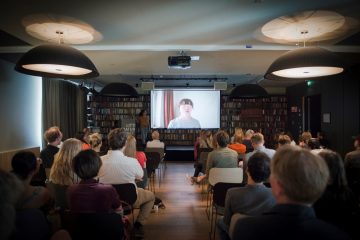Pursuing a Thirst for Excellence and Making a Difference as a Photographer: an interview with Melanie-Jane Frey

 How did you become interested in photography and what made you buy your first camera, aged 13?I had needs of rebellion, exploration, and adventure. I was searching for freedom and wanted to be part of History.
How did you become interested in photography and what made you buy your first camera, aged 13?I had needs of rebellion, exploration, and adventure. I was searching for freedom and wanted to be part of History.When did you decide that photography was what you wanted to do for a living, and what was your first job working in the press at age 17?
It happened via “Gotlands Tidningen”, a Swedish newspaper. I was spending a year in this the country and I had been noticed for shooting all around, so they gave me an assignment. I was so surprised. I had never thought of photography as a job yet – I had wanted to be a journalist at that time. From this moment, it seemed obvious to me that I needed the creative touch of photography, and that it was the perfect medium to have the adventurous life I was dreaming of at that age.
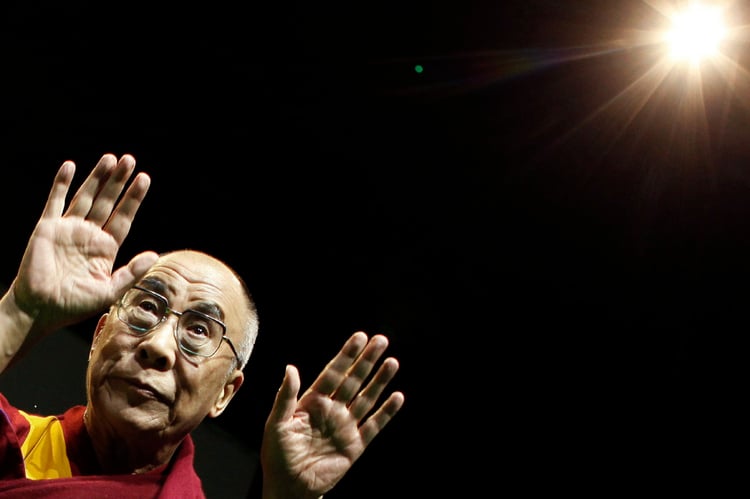
His Holiness the Dalai Lama gives a conference on the “Ethics and Society”, at the Palais Omnisports of Bercy, in Paris, France, Sunday 7 June 2009. – Credit: © Melanie FREY / Fedephoto
You went on to gain experience at Magnum Photos – what did this teach you, and how did that help you to pursue a career in photojournalism?
My internship at the Magnum agency when I was 22 was enlightening for me. I was working on archives of some of the best photographers and meeting on daily basis with photographers like Sebastio Salgado, Harry Gruyaert, Bruno Barbey, Gueorgui Pinkhassov, Raymond Depardon…etc. I was so impressed by their way to seek excellency in the stories they were covering, and in the ways to work around it. I had a very privileged spot to observe all that because I was the one working on their contact sheets and slides sheets. I was able to study and learn from how they approached the pictures they were really looking for in the chronological line of the film directly.
After my time in Magnum, I was desperate to make a difference and be the best I can in my photography. This thirst for excellence stayed as a foundation of my professional vision and mission as a photographer.
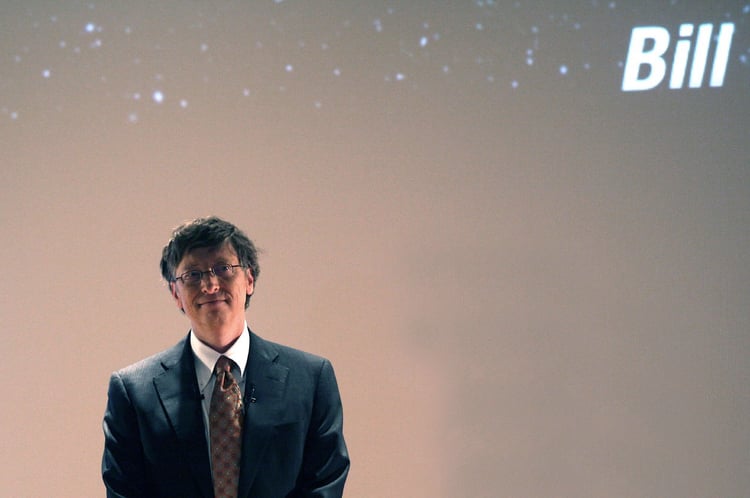
BILL GATES AU MEDEF A PARIS – Credit: © Melanie FREY / Fedephoto
How have you coped with photographing and covering extremely difficult, heart-wrenching situations, as a photojournalist and as a human?
I am so empathic, and this is also the reason why I had a lot of energy to go around the world and cover all those kinds of stories. It was often very upsetting, but I transform my way of watching the people by a professional way of watching and giving thoughts about their story. With this way of living my job, I could go through anything and continue to be able to focus on my pictures.
Usually, it is when editing back home that the emotion overwhelms me. To not be destroyed by the feelings and pains I was carrying from my former reportage, I used it as fuel for continuing the work and put energy on the next reportage.
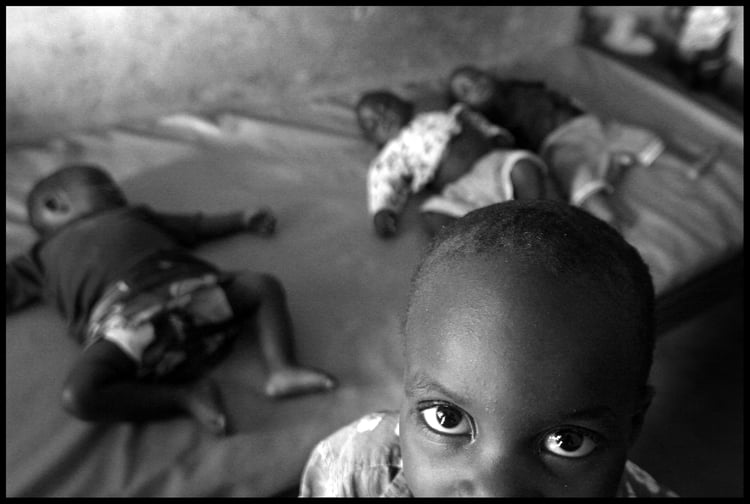
Bunia – Ituri – RDC: Orphelinat tenu par des soeurs catholiques a Bunia soutenu par l ONG Medair. La plupart des enfants recueillis sont des rescapes des massacres commis dans la regions. Sur la photo: des bebes sont alignes sur un matelas recouvers de plastique pour faire la sieste, sous la surveillance d un autre enfant de l orphelinat, a peine plus age qu eux. [ TRANSLATION: Bunia – Ituri – RDC: Orphanage held by Catholic sisters in Bunia supported by the NGO Medair. Most of the children collected are survivors of the massacres in the area. In the photo: babies are lined up on a mattress covered with plastic, to take a nap under the supervision of another child from the orphanage, barely older than them.] – Credit: © Melanie FREY / Medair / Fedephoto
What was your approach as a photojournalist covering politics and war? How challenging is it to accurately tell a balanced story, when there may be more striking action that may naturally draw more interest?
It was always as an obvious choice for me to talk about History, to choose to tell with my pictures the stories of the people, rather than big and expected violence, or overwhelming photojournalism pictures. Why? Because it is authentic and, in my opinion, deeper explains the reasons and the understanding of war, or of social issues, or politics.
In politics I do the same, I try to look for the human behind the celebrity, then I find it interesting. It must be a way to see things that has an audience because I always had all the assignments I wanted to work that way.
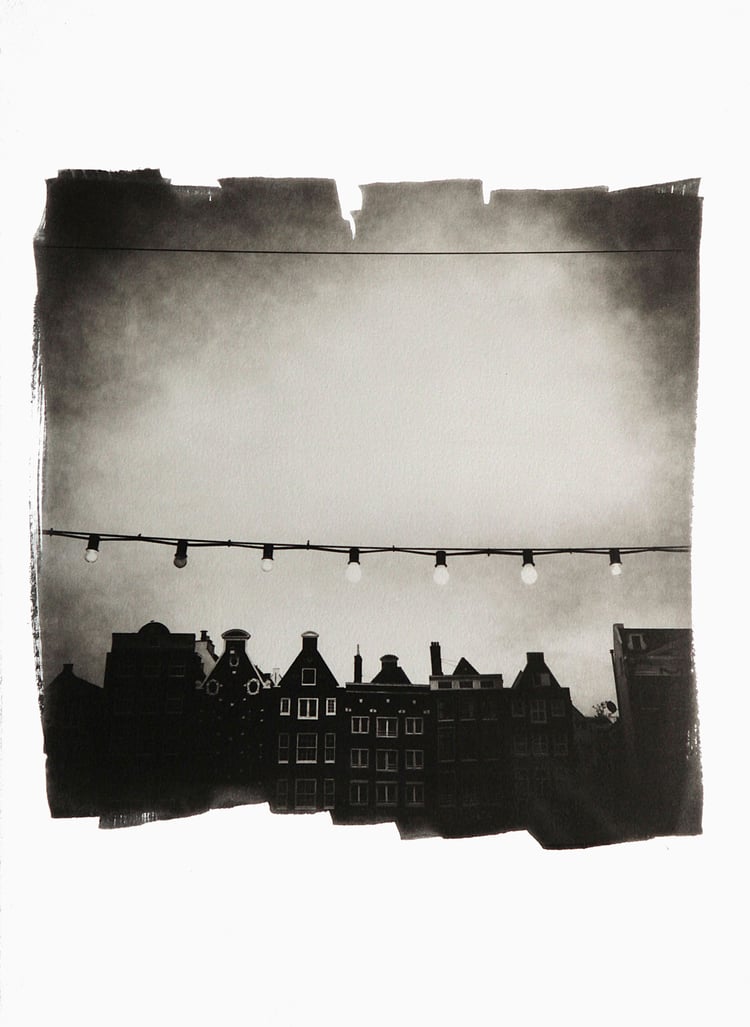
© Mélanie-Jane Frey / Reservoir Photo
What prompted you to change your career from photojournalism to producing artistic work?
I guess my decision to change career, or to continue in this direction was because I was looking for more possibilities for expressing my creativity. I was also very fed up of the way the noble mission of photojournalism was treated, and us photographers were less and less being respected on the field where we became targets – but also in the newsroom or in the communication services we work with. The atmosphere became deleterious.
I discovered old and alternative photographic processes and I fell in love! I got to know an expertise in Wet Plate Collodion and Platine Palladium prints, as well as the other contact print processes (cyanotype, van dyke, zyatype). I also love to work with polaroids.
The gratifying result is a unique photography, a unique piece of art. You can’t do the same thing twice. It has a value that I never felt with my archives and thousands of photojournalism stories. Also, I find it very pleasant to dazzle and fascinate the viewers of my pictures as they are not only looking at a picture, but as a “photographic object”. This is cool!
Where can our readers find more of your work?
Website: http://www.melaniefrey.com
Instagram: https://www.instagram.com/melaniejanefrey/
Facebook: https://www.facebook.com/MelanieJaneFreyPhotography/
Source: https://www.fotoware.com/blog/pursuing-a-thirst-for-excellence-and-making-a-difference-as-a-photographer

